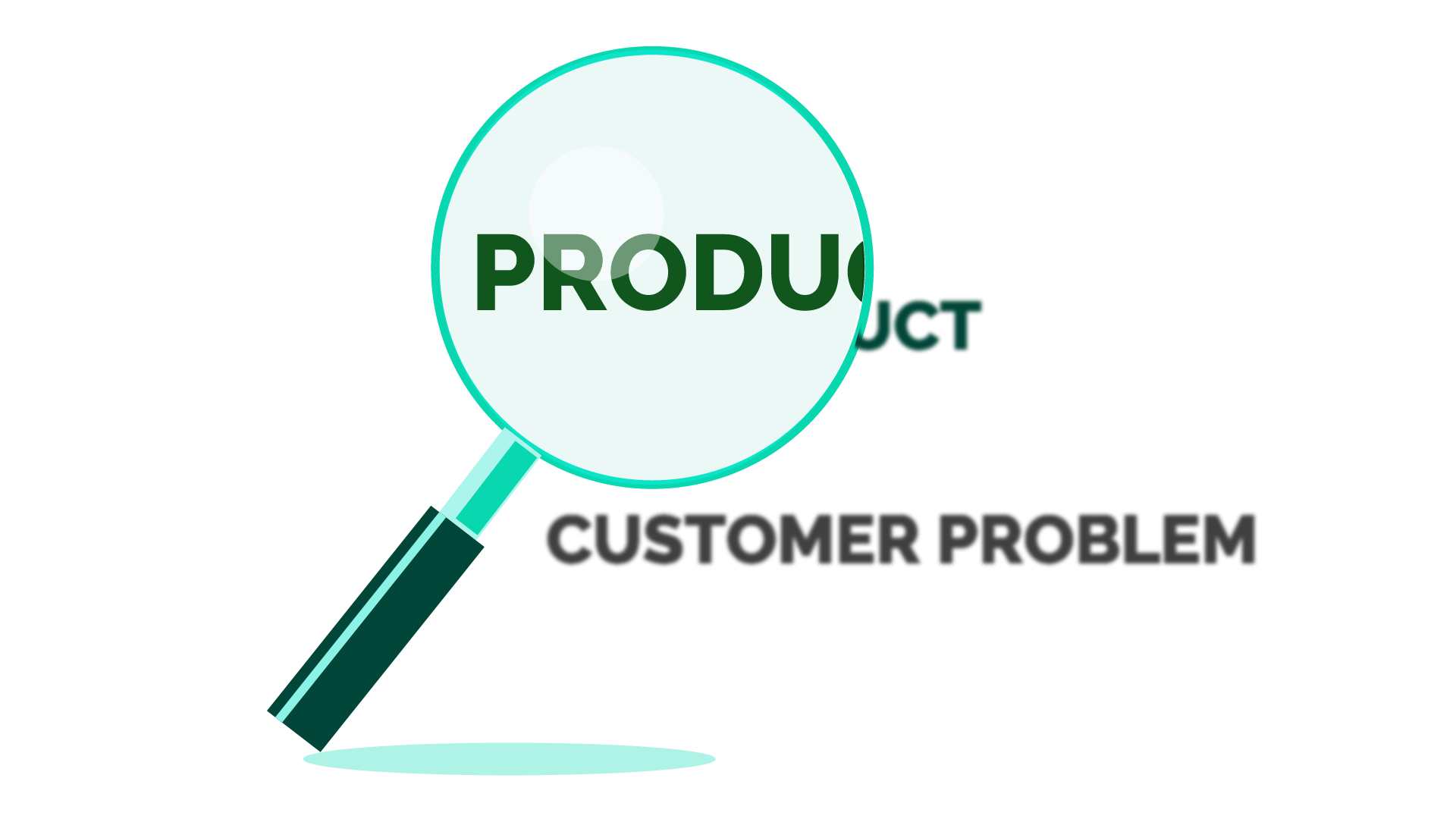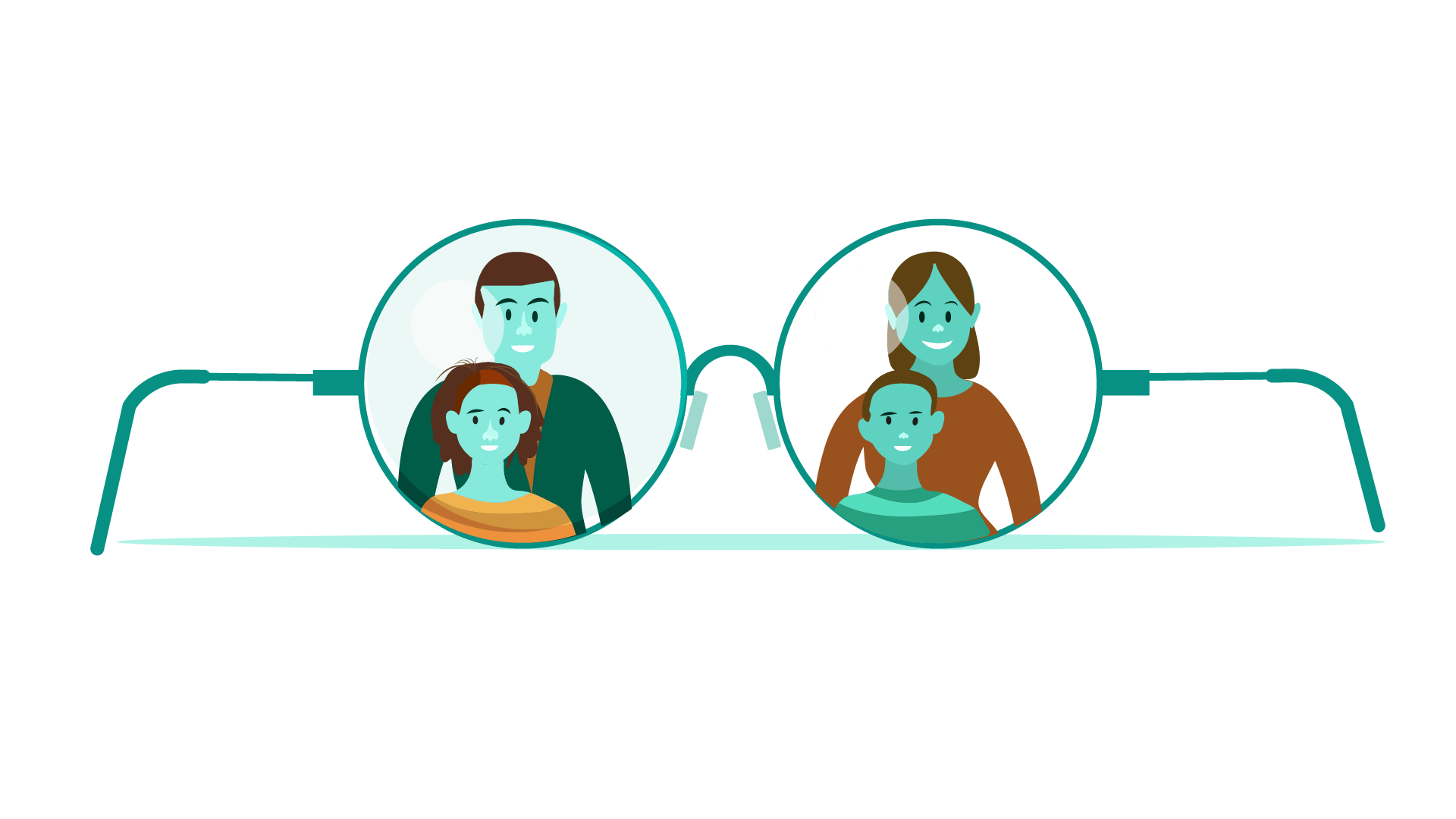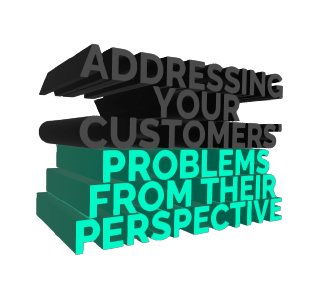Do you know what really matters to your customers?
And do you create content that speaks to their interests and needs?
When you created your business, you probably identified a gap in the market – a problem you could solve or a need you could meet.
So, you go about solving that problem and meeting that need. And then, you have to think about marketing—to find new customers and keep existing customers coming back.

Here’s where the disconnect happens, though: it’s easy to forget that you’re solving a problem or meeting a need when there’s a product or service to promote.
As business owners, of course, we all think our business and what we offer is the best, and so we try to tell customers that.
In doing that, though, we often start to focus on the product, not the problem. We’re only thinking about it from our perspective; we’re not thinking about the customer.
Shift your perspective; a short tale about broccoli
Think about it this way: how much success have you had in life telling other people what to believe?
Take my daughter, for example: she loves broccoli (unusual, right?) Well, I convinced her that broccoli florets are actually little people with bad haircuts (poor things), and it was her job to eat their hair and help them out.

If I told her to eat broccoli because it’s good for her, she definitely would not have listened to me. As any parent knows, the ‘rational’ argument seldom wins.
Consumers, much like children, make purchase decisions based on emotion, not rationality.
Emotional connection and a compelling story that customers can relate to is where product promotion succeeds. Speaking to my daughter at her level means that she likes to eat broccoli because it’s fun.
And that’s what matters to her; She eats broccoli on her terms, not mine.
You’ve got to understand your audience on their terms too.
Did you ever hear this growing up: “Put yourself in their shoes”? It’s hard for kids to wrap their heads around—why would you wear someone else’s shoes?
It’s how we learn empathy, though—imagining ourselves in another person’s situation to see where they’re coming from and trying to understand their point of view.
Speaking of wearing someone else’s shoes…

So, how do you speak to customers at their level and make your product or service matter to them?
Have you heard of The Little Loop? It’s a ‘shared wardrobe’ of second-hand clothes rented to parents who want to live more sustainably and reduce the waste of constantly discarding clothes because kids grow so fast.
The founder, Charlotte Morley, realised that this was a common experience for most parents; stuck in a rut of hand-me-downs that weren’t quite right, not being able to justify the cost of buying ethical brands and the terrible waste of always buying new.
With The Little Loop, parents pay a subscription fee and can choose from the best ethical, sustainable brands. And they keep the clothes for as long as they need them, and swap them at any time.
See the solution through their eyes

The Little Loop’s service and marketing are framed around the customer: the specific clothing problems that parents of young children have experienced. Especially parents who care about their carbon footprint, because The Little Loop provides a sustainable solution.
The 5-star customer reviews on Trustpilot echo exactly why it works for them:
- “This takes the hassle out of shopping sustainably for my kids and is definitely the future of fashion. Highly recommend.”
- “I’m always trying to get my boys lovely clothes but the good quality cotton I love was very expensive, not in my budget. Having the opportunity to wear beautifully designed clothing and helping save the world a bit, is also fantastic.”
- “If shopping for children’s clothing in a more mindful way is important to you, I 100% recommend Little Loop!”
- “I feel much better about owning less clothes that I then have to store or try and pass on, and that I’m contributing less to landfills which is better for the environment!”
- “The subscription process was so easy and the quality of the garments from ethical brands makes it a no-brainer.
- Guilt-free/stress-free shopping fix, and everything is beautifully (and sustainably) packaged.”
Why does what you do matter?
When it comes to marketing, you’ve got to not only understand your product but also how best to frame it from the customer’s perspective.
This is important because people never act the way we think they should. If health was everyone’s number one priority, we’d all be eating well and exercising—but it’s not that simple and we need to play into that.
That’s why we’ve got to see things through the eyes of the customer and tap into their motivations (what drives them) and needs (their problems).
And that’s why you need to focus your marketing on the problem as it leads up to your solution, rather than pitching your solution and expecting people to buy it.
Do you understand your customer’s needs, and are you fulfilling them? Do you understand what’s driving their decision-making process?
When it comes to your marketing, you need to shift your perspective to the customer—rather than focusing on what you’re doing, focus on their journey and what they need.
Write the customer into your story

Want to effectively shift your perspective and focus on your customer? Work through this activity to get started:
- What are some of the common complaints that people have about your industry?
Whether it’s children’s clothing or something else entirely, there are bound to be some common problems people are experiencing. - List the top three talking points you could cover in your content to build a bridge between the problem they’re experiencing and the solution you provide?
Focus on the problem, not the product. Align your branding and content with your customer problems. You’ll make a more meaningful connection when customers find your content relatable. - Package the customer journey from problem to solution into a story. What is your beginning, middle, and end?
Make the customer the hero of the story—give them something to do to get from here (the problem) to there (happy ending). For example, I give my daughter a way to help with the bad broccoli haircuts and The Little Loop gives parents a way to shop for new clothes without buying new.
Need some help telling a compelling story?
If you need a push to shift your perspective or help to weave a narrative your customers will love, sign up for our 1-2-1 guided coaching sessions. If you’re not sure how to get started, take our content marketing challenge. You’ll soon be able to tell a more compelling story that draws customers in.




